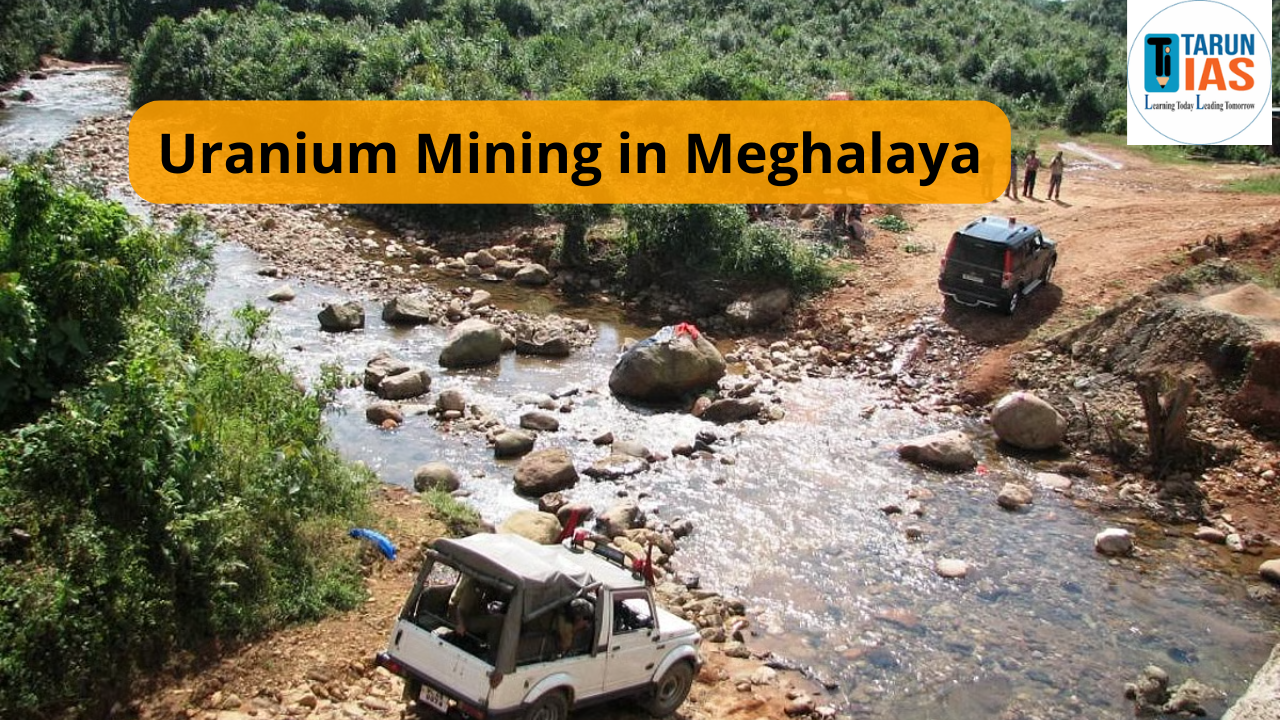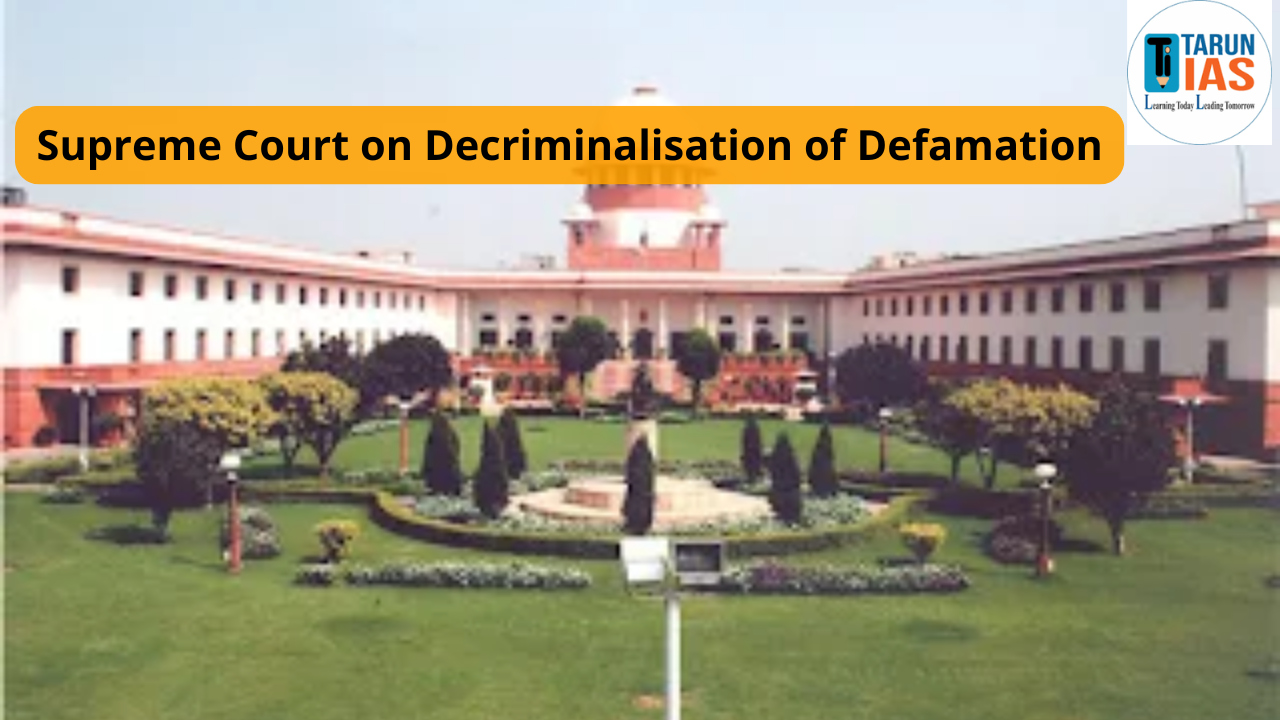Definition: Derived from Greek, “palaeo” means old, and “lithic” refers to stone. The term signifies the Old Stone Age, spanning the Pleistocene period, around two million years ago.
- Pleistocene Period: Marked by extensive glaciation, with life mainly thriving in tropical regions post-ice melt.
Subsistence Patterns During Palaeolithic Age
- Lifestyle: Nomadic, dependent on stone tools for hunting and protection.
- Diet: Relied on hunting animals and gathering fruits and roots.
- Habitation: Preferred caves, rock shelters, and areas near water bodies (e.g., Bhimbetka in Madhya Pradesh, Kurnool in Andhra Pradesh).
- Resource Use: Efficient use of natural resources sustained their hunting-gathering lifestyle.
- Material Culture: Tool materials varied based on regional availability.
Phases of Palaeolithic Culture
- Lower Palaeolithic: 500,000–10,000 BCE.
- Middle Palaeolithic: Characterized by flake tools.
- Upper Palaeolithic: Advanced tools and cave art.
Archaeological Evidence of Palaeolithic Age
- Open-Air Sites: Found near rivers and foothills across India.
- Caves/Rock Shelters: Examples include Bhimbetka (Madhya Pradesh) and Kurnool caves (Andhra Pradesh).
- Notable Tool Sites: Include Kashmir Valley, Sohan Valley (Pakistan), and Luni (Rajasthan).
Lower Palaeolithic Age
- Tools: Heavy and rough hand axes, cleavers, and choppers, evolving into sharper designs.
- Soanian Tradition: Pebble tools made by flaking, found in Haryana and Himachal Pradesh.
- Acheulian Tradition: Advanced hand-axes and cleavers made from quartzite, limestone, and basalt.
- Key Sites:
- Attirampakkam (Tamil Nadu): Acheulian tools.
- Isampur (Karnataka): Limestone tools.
- Chirki-Nevasa (Maharashtra): Dolerite tools.
Middle Palaeolithic Age
- Characteristics: Smaller, lighter flake tools. H.D. Sankalia identified these tools at Nevasa (Maharashtra).
- Key Sites:
- Didwana (Rajasthan).
- Potwar Plateau (Indus-Jhelum rivers).
- Sanghao Cave (Pakistan).
Upper Palaeolithic Age
- Advancements: Introduction of blade tools and bone implements.
- Art: Cave paintings at Bhimbetka (Madhya Pradesh) depicting daily life and subsistence.
- Key Sites:
- Rohiri Hills (Sindh).
- Chopani Mando (Belan Valley).
- Kurnool caves (Andhra Pradesh).
|
UPSC Articles |
|
| UPSC Interview | UPSC Interview Marks |
| UPSC Syllabus | UPSC Exam Pattern |
| UPSC Eligibility | UPSC Age Limit |
| UPSC Selection Process | UPSC Cut off |














